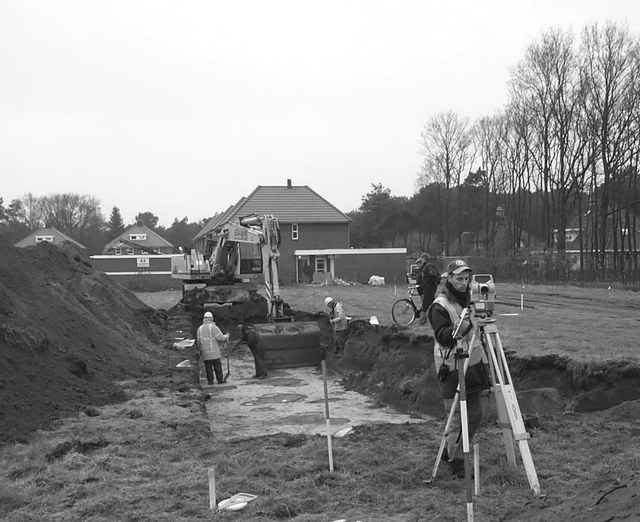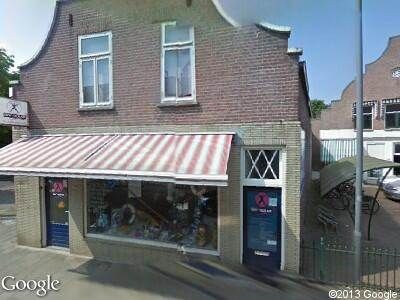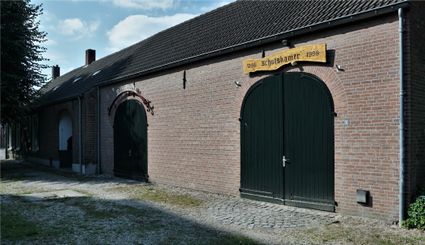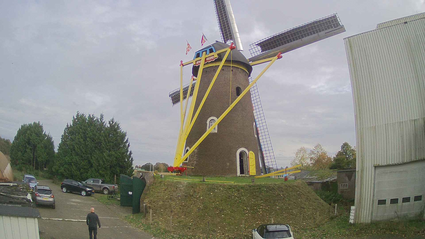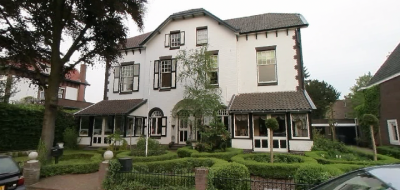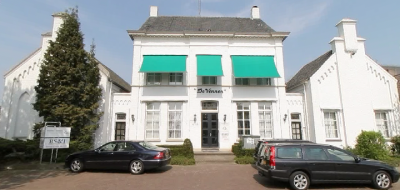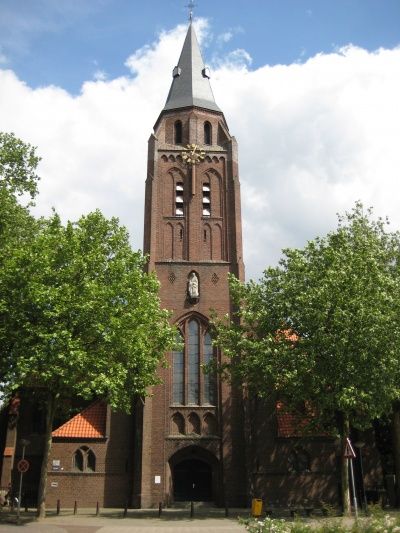Archeologische opgraving: Achter de molen, Bakel
Behind the mill in Bakel lies one of the most important excavations in the municipality of Gemert-Bakel. Plans of houses, wells, and all kinds of objects, dating from the 8th to 11th centuries, were found. These indicate the existence of a hamlet for several subsequent centuries, after which the plot continued to serve as arable land. They are so far the earliest traces of habitation in medieval Bakel. Although habitation during this period has always been suspected, it has not previously been archaeologically proven. Below you can see the excavation in action and also an overview of the various traces found at the excavation. These are very numerous. A number of house plans, as found in the excavation, have been brought back into the paving of the Achter de Molen neighbourhood.
In 2002, Le…
Behind the mill in Bakel lies one of the most important excavations in the municipality of Gemert-Bakel. Plans of houses, wells, and all kinds of objects, dating from the 8th to 11th centuries, were found. These indicate the existence of a hamlet for several subsequent centuries, after which the plot continued to serve as arable land. They are so far the earliest traces of habitation in medieval Bakel. Although habitation during this period has always been suspected, it has not previously been archaeologically proven. Below you can see the excavation in action and also an overview of the various traces found at the excavation. These are very numerous. A number of house plans, as found in the excavation, have been brought back into the paving of the Achter de Molen neighbourhood.
In 2002, Leiden University carried out an archaeological excavation here. Traces from different times in history were found. For example, the finding of a small number of flint tools indicates the use of the site (but no more often than occasionally) in the Old Stone Age (300,000 to 12,000 years ago), Middle Stone Age (12,000 to 4,000 years ago) and Early Bronze Age, with little known about the nature of the activities carried out.
Subsequently, the site was inhabited in the late 9th century. Two residential houses rise (one after the other), with some outbuildings presumably also erected. It is possible that the remains (finds and structures) now found formed the peripheral zone of a larger settlement. This could have run either further south, south-east or south-west. Presumably, the site remained continuously inhabited into the 10th century, with two simultaneous houses possibly even existing. A multitude of outbuildings are located, with the core of habitation extending across the central part of the excavated site 'Behind the Mill'. Pits, wells and ditches are also dug. This small hamlet probably remained inhabited until the first half of the 11th century.
The houses of this phase are 'classic' examples of boat-shaped farm plots from the full Middle Ages. Outbuildings were also built around these houses and wells were dug. Sometime in the 11th, 12th or 13th century, almost the entire site was put into use as arable land. In the process, the old surface of the settlement becomes ploughed. The entire site remains (presumably increasingly intensively) in use as arable land and on the land registry map of around 1830, the excavation site falls within the 'Molenakkers'. Presumably, the excavation site has only been in use as grassland for the last hundred years.

